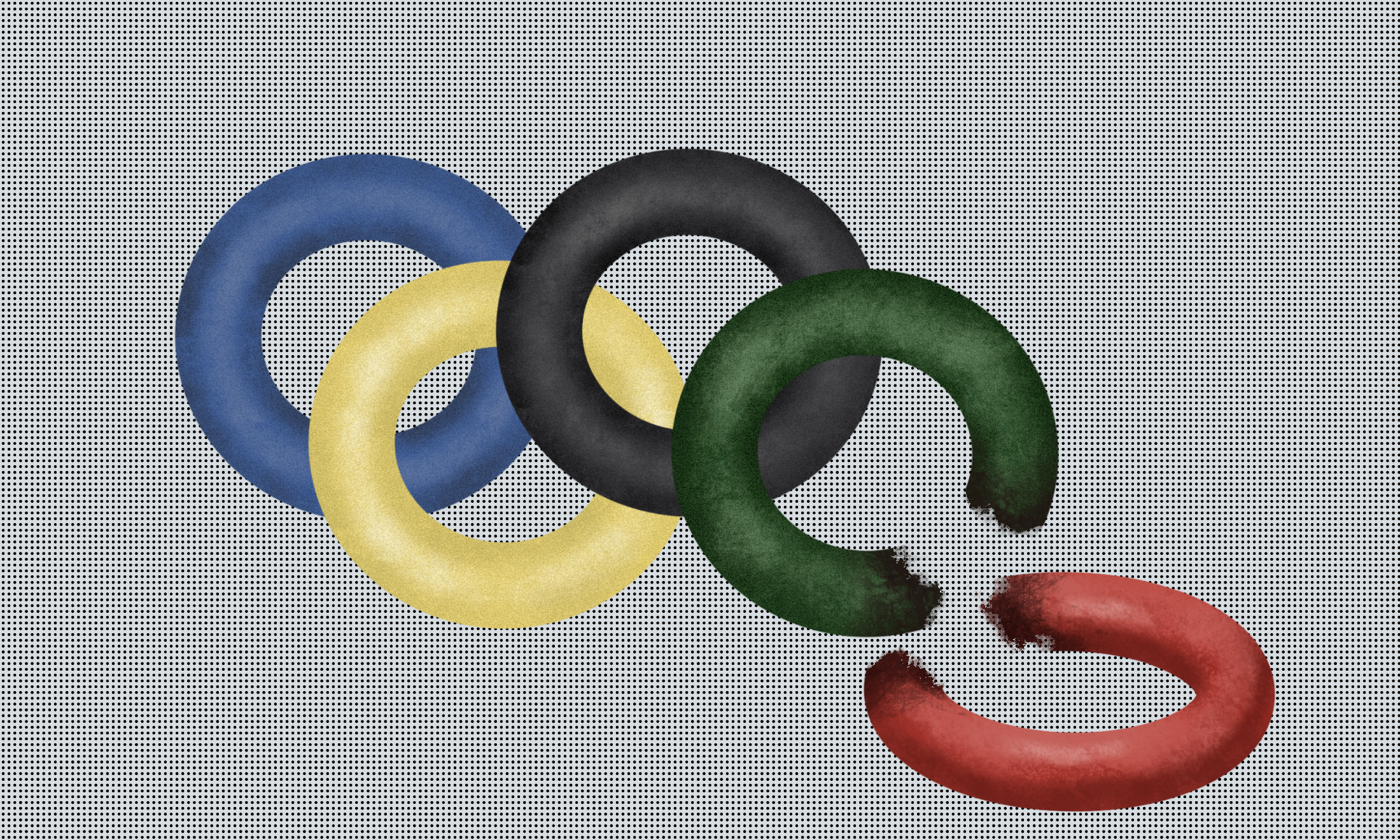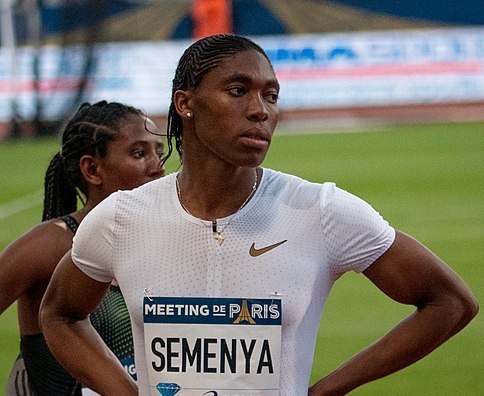
How the Olympics highlighted the dehumanisation of intersex PoC
Niellah Arboine and Paula Akpan, Paula Akpan and Niellah Arboine
23 Aug 2016
The name “Caster Semenya” first trickled into everyday conversation after the 2009 African Junior Championships where, upon winning both the 800m and 1500m races, she was investigated for drug use. Suspicion quickly turned to her gender and, at the age of 18, she was forced to undergo a gender test. Reports leaked to the media concluded that she was intersex and has hyperandrogenism, meaning that Semenya’s level of testosterone is about three times more than most women.
Fast forward to 2016 and the invasive attention and questioning continues to follow Semenya. Not many will know that this April, Semenya became the first person to win all three of the 400m, 800m and 1500m titles at the South African National Championships or that in July, she set a new national record for 800m. Instead, what is contested is how much of a woman she is, if one at all. What continues to be the centre of discussion, rather than the plethora of accomplishments she has racked up at the age of just 25, is her genitalia – the most intimate parts of any person. A topic that would normally be considered unsavoury or crude becomes worthy dinner party discussion as her personal life is laid out by people she will never know, ready for dissection.
In the 2016 Rio Olympics both British athlete, Lynsey Sharp, who came 6th in the 800m and 5th place runner up, Joanna Jozwik, have publicly commented on their disappointment in losing out to Semenya, but not their dismay on losing out to any of the other women who also beat them in the race. Sharp stated, after coming in sixth place, ‘‘we know how each other feel but it’s out of our control… I think the public can see as well how difficult it is’’ before bursting into a stream of tears.
Late last year, the International Olympics Committee overturned the rule set by the IAAF (International Association of Athletics Federations) that forced women with hyperandrogenism (naturally occurring increased levels of testosterone) to reduce their testosterone levels if they wanted to compete in the women’s category. After the case of Dutee Chand in 2014, the court ruled there was not enough evidence to prove that there was a link between increased testosterone in female athletes and an improvement in their performance.
Blaming increased levels of testosterone in some female athletes as the reason for their own failure is not only dehumanising for the intersex community and people with hyperandrogenism, but continues to perpetuate stereotypes of binary genders. Jennifer Doyle, a professor at the University of California, rightfully points out that “no other other extraordinary athlete had been singled out with such determination for this form of exile or medical intervention – not Michael Phelps, not Katie Ledecky, not Usain Bolt, and not Simone Biles.” In fact, Phelps has been described as a “biomechanical freak of nature” with experts noting that he produces less than half the lactic acid that his rivals do. Should we start pumping him with lactic acid to level out the playing field? When does it become appropriate to subject him to rigorous testing to ensure that he’s not actually a dolphin?
The question of where they propose women with naturally higher levels of testosterone should participate and whether they should participate at all still remains. Both Jozwik and Sharp’s dismissal of the fair win by Semenya is contributing to the erasure of people in the intersex community as well as black women with Jozwik exclaiming, “I’m glad I’m the first European, the second white,” in a shoddy attempt to discredit the hard work of black athletes.
To add insult to injury, Nigel Levine, a sprint athlete from Team GB, reportedly deemed it necessary to tweet “Happy for Lynsey Sharp for coming 3rd in women’s 800m”, completely erasing the achievements of the medal-winners, despite neither Francine Niyonsaba nor Margaret Wambui identifying as having the condition themselves.
Jozwik commented, “The three athletes who were on the podium raise a lot of controversy. I must admit that for me it is a little strange that the authorities do nothing about this… These colleagues have a very high testosterone level, similar to a male’s, which is why they look how they look and run like they run.’’ Her rhetoric screams of misogynoir (misogyny towards black women). With her words she degraded them to nothing more than their physical appearance, with no mention of their hard work and training, whilst simultaneously claiming that their natural bodies are somehow causing “controversy”. By focusing on their looks, these women are treated like freaks because their bodies do not present femininity and womanhood in a way that we are used to or is deemed acceptable enough.
They both choose to blame their defeat on Semenya even though neither athletes would have won were she not in the race.This illustrates that their issue does not lie with losing, but losing to a black women with hyperandrogenism. And yet, in the face of such hostility, Caster has remained composed and gracious throughout, always seeking to shake their hands of her competitors post-race – a true testament to the character of this athlete who has had her physical characteristics cruelly assessed and critiqued more times than her performances on the track.
Maybe if Sharp and Jozwick spent less time being salty and crying over competitors who have every right to race, and more time concentrating on improving their own performances, they would have had a shot at winning.









